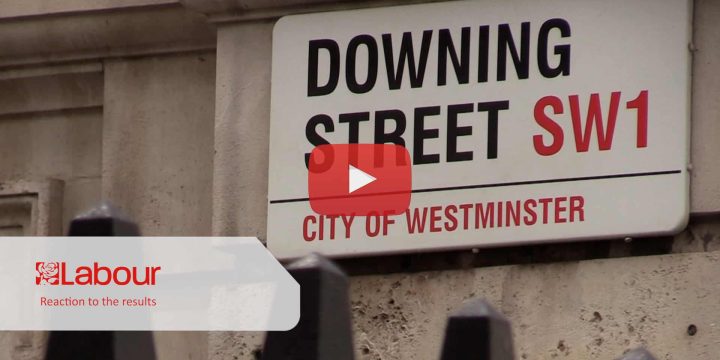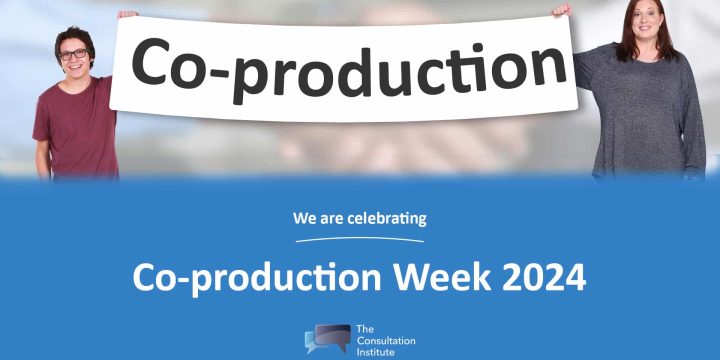News & Insights
Too much law? Or just not enough understanding?
To what extent do public engagement professionals need to understand the law of consultation?
Seven years ago the Institute ran its first training course on the ‘Law of Consultation.’ Our research centred on about 30 judicial reviews we deemed relevant for those charged with running public consultations. Almost a hundred courses later, with over 1200 course attendees, about 35 versions and four variants on a theme, one can be forgiven for wondering whether the lawyers have exceeded their brief and that High Court cases dominate too much of the best practice agenda. We now have over 150 relevant judgments with, on average a significant addition every month.
Those who are passionate about engaging with stakeholders or the general public are often ‘people’ persons. They want to seek out those who are impacted, get to know them, hear their thoughts and maybe work with them to find the best possible, or maybe least worst solutions. Barrack-room lawyers, point-scorers and unreconstructed pedants are not their favourite audiences, and they are far more comfortable teasing out views and opinions as informally as possible. All this talk of law is hardly helpful.
On the other hand, the impact of the Courts has been considerable. Until 2010, we looked to Government and the devolved administrations to track changes in recommended practice through various Codes of Practice or departmental Guidance. Then, at a stroke, Oliver Letwin tore up the 2008 Code, replaced it with a very general set of Principles and, in effect handed the initiative to Judges who have regularly extended and re-interpreted the law as an ever-wider range of consultation scenarios have been challenged in Court. The well-known rules, known as the Gunning Principles, have always sounded straightforward but the trick is knowing how to apply them in specific statutory, regulatory or public service environments. If this was easy few cases would come to Court. Only when lawyers on both sides can simultaneously fancy their chances of success can challenges proceed. Clearly there are still many grey areas.
Access to this content is exclusively for Institute members
Not a member? Unlock this article and more today by signing up for a Consultation Institute membership. Benefit from access to over 300 Topic Papers and Briefing Notes, discounted rates on all public training and more. Click on Join Now today to find out more and sign up.



